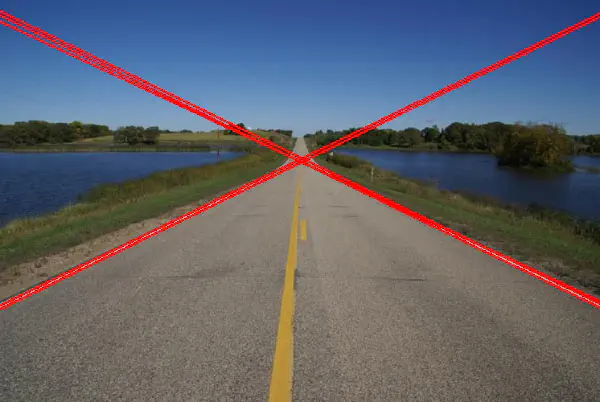
In today’s fast-paced world, road safety has become a paramount concern. Accidents, particularly on highways and curved roads, often result from vehicles drifting out of their designated lanes. These incidents can lead to devastating consequences. To address this challenge, image processing, coupled with OpenCV, offers a promising solution. In this blog, we will delve into the fascinating world of lane retention using image processing technology and OpenCV, demonstrating how it can revolutionize road safety.
The Importance of Lane Retaining
Roads are dynamic environments, with vehicles constantly moving and changing lanes. Maintaining a consistent lane position is vital for preventing accidents. Whether it’s a straight highway or a winding mountain road, image processing can significantly contribute to lane retaining. Let’s explore how.
How Does Image Processing Work in Lane Retaining?
- Camera Installation
- The first step in implementing lane retaining is to install cameras on vehicles. These cameras capture real-time images of the road ahead, including lane markings and the surrounding environment.
- Image Processing Algorithms
- Once the camera captures the road scene, image processing algorithms, often implemented with OpenCV, are employed to analyze the images. These algorithms identify and track lane markings on the road, distinguishing them from other objects or patterns.
- Lane Detection
- Lane detection algorithms identify and extract lane markings from the captured images. This process involves edge detection, color segmentation, and other computer vision techniques to create a clear representation of the lanes.
- Lane Tracking
- After detecting the lanes, the system employs tracking algorithms to follow their movement as the vehicle moves forward. This ensures that the vehicle always knows its position in relation to the lanes.
- Feedback to the Driver
- In most implementations, the results of image processing are communicated to the driver in real time. Visual or auditory feedback can be provided to alert the driver if the vehicle is drifting out of its lane. Some advanced systems can even perform corrective actions, such as steering adjustments.
Benefits of Lane Retention with Image Processing
- Improved Road Safety
- Lane retaining systems significantly reduce the risk of accidents due to lane departure, particularly on curved roads where visibility is limited.
- Driver Assistance
- These systems assist drivers, enhancing their control and reducing the likelihood of human errors.
- Adaptable to Varied Conditions
- Image processing systems can adapt to changing lighting conditions, weather, and road markings, making them versatile for use in various environments.
- Enhanced Autonomous Driving
- For self-driving vehicles, lane retaining is a fundamental requirement. Image processing technologies play a pivotal role in developing safe autonomous vehicles.
Conclusion
Lane retaining through image processing technology and OpenCV offers an innovative solution to enhance road safety on highways and curved roads. By equipping vehicles with cameras and sophisticated computer vision algorithms, we can ensure that vehicles stay within their designated lanes, preventing accidents and saving lives.
As technology continues to advance, lane retaining systems will play an increasingly vital role in the automotive industry and the pursuit of safer, smarter transportation.